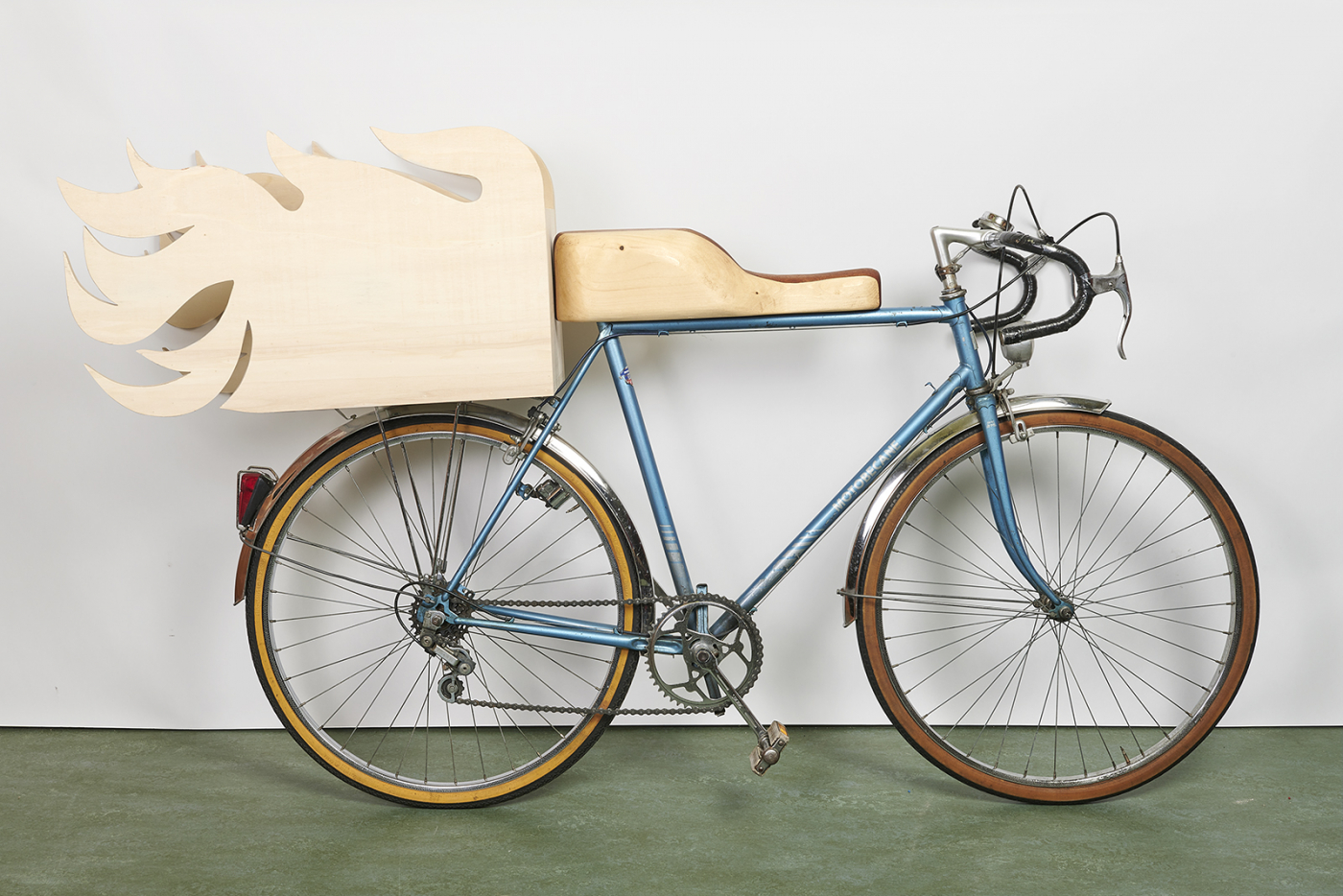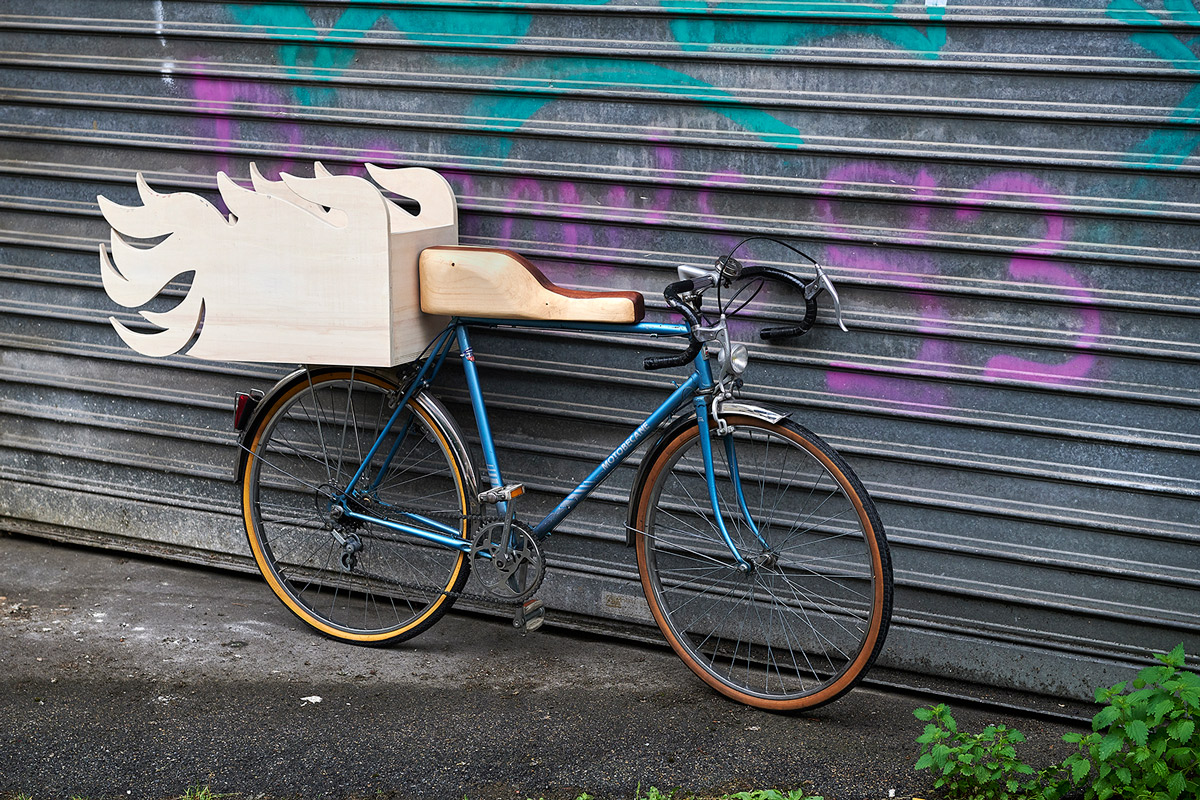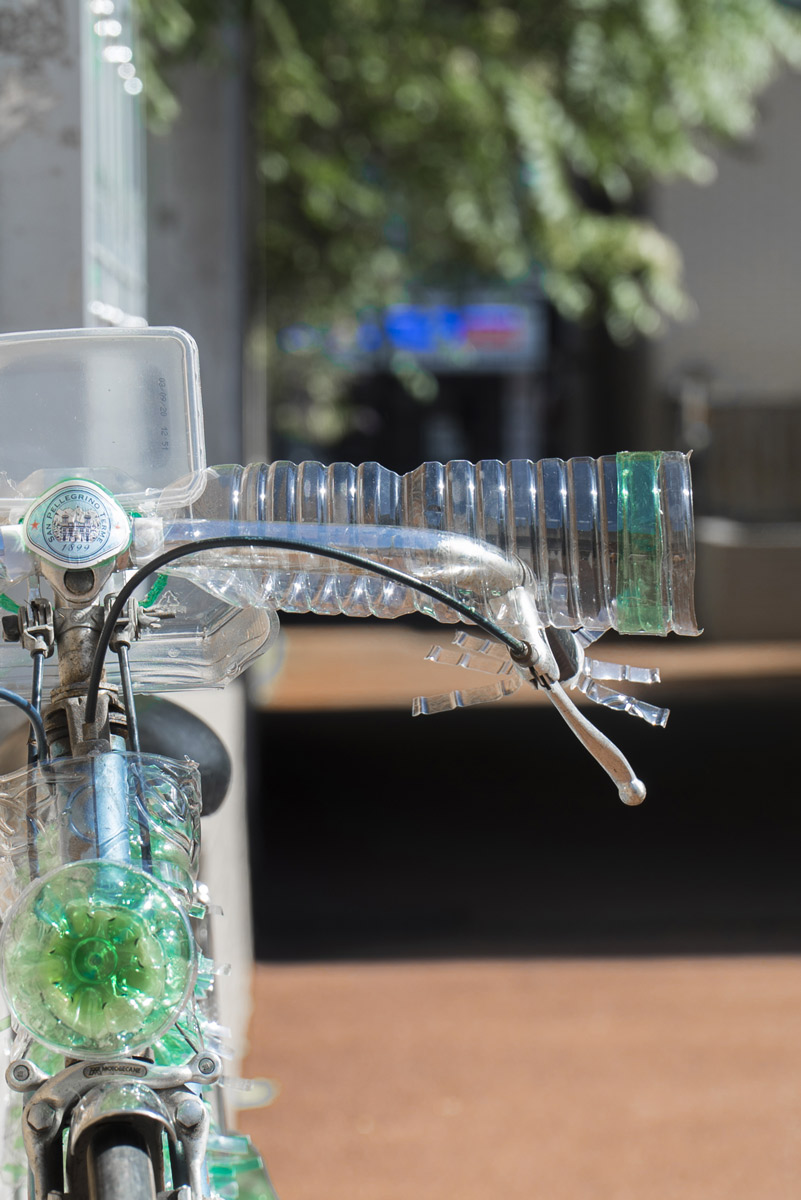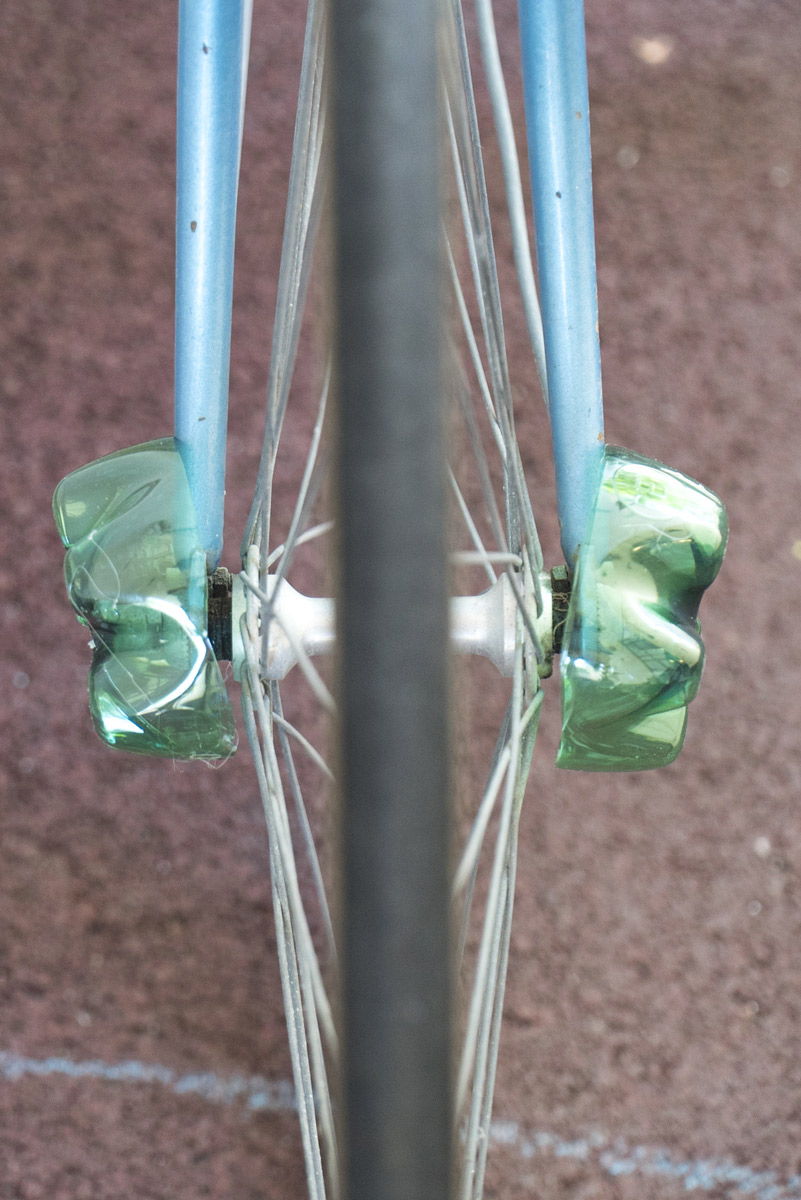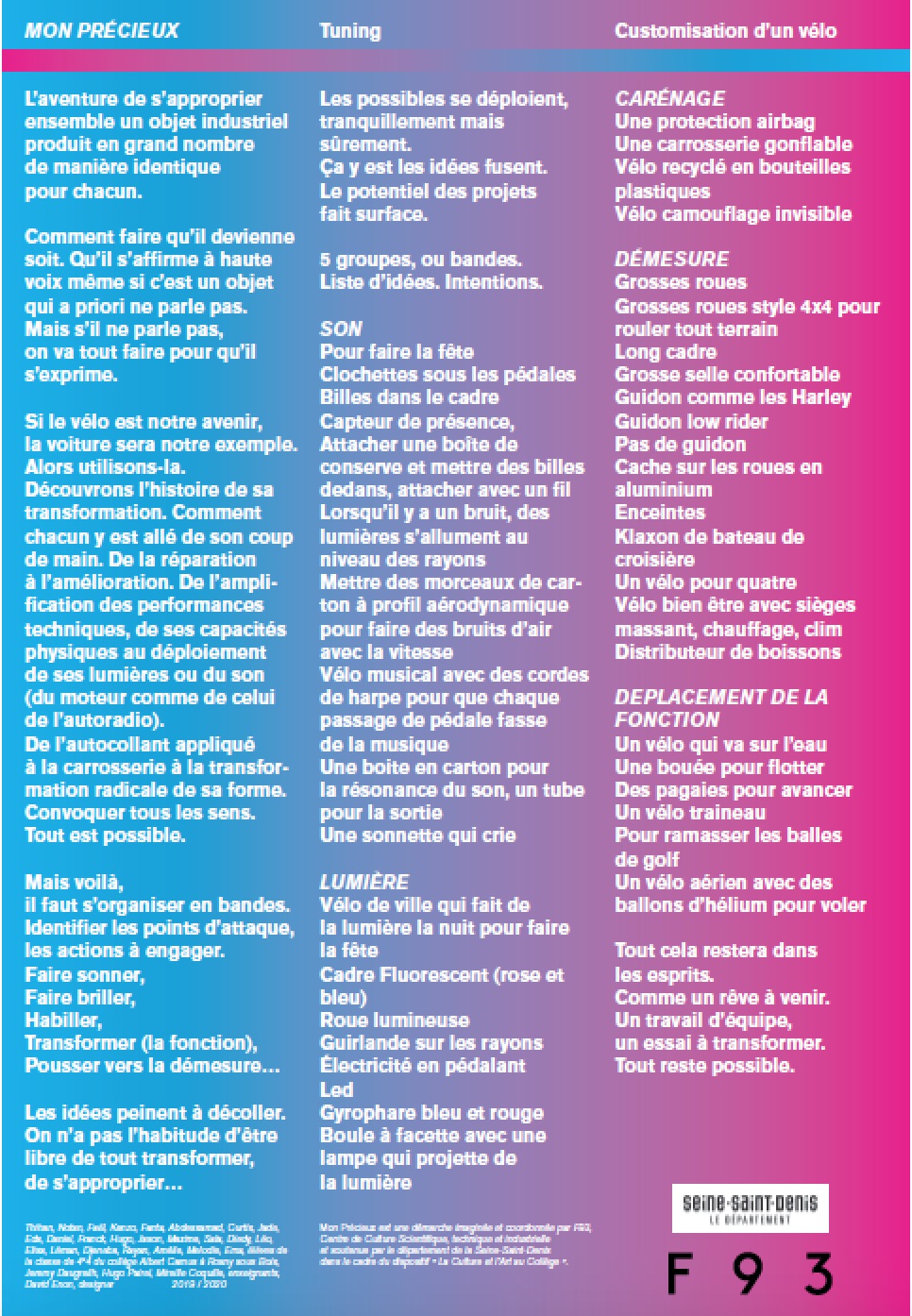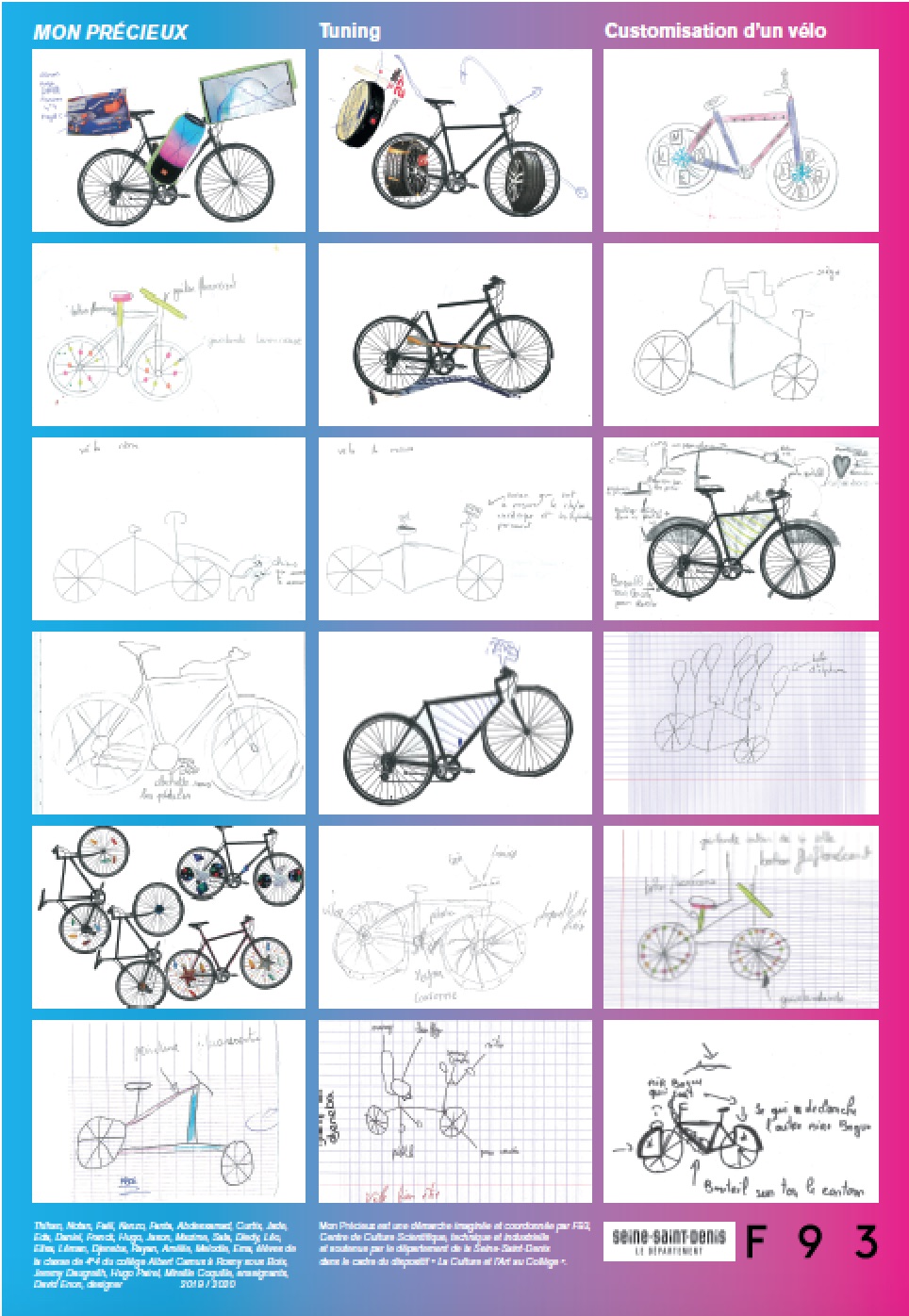- 2025
- 2024
- 2023
- 2022
- 2021
- The Forest System
- 2020
- A place to read
- Counterfactual
- Deep Sleep
- Fixing Sounds
- Ghost Populations
- Grey Matter
- Humanities
- Impôts.gouv
- My Precious One
- OK computer
- One for all
- Perfect Match
- Personal Borders
- Trial by fire
- Unconscious
- 2019
- Anonymous
- Daily science
- Houston 69
- Image and text
- La santé autrement
- Parts and labour
- Playing with fire
- Plu-present
- The art factory
- The legend factory
- The nuclear effect
- Unique every time
- Vertical
- What exactly is happiness?
- striking a chord
- 2018
- Animal images
- Connections
- Current affairs
- Extra space
- Les courts circuits
- Metamorphoses
- Off ground
- Playing with fire
- The Earth quakes
- The life of rays
- The ocean phenomenon
- The scope of cinema
- The struggle continues
- Top model
- Traces
- What is peace?
- 2017
- All about the climate
- Artistic territory
- Cars
- In all probability
- Inner journey
- Letter to a friend
- Planetarium
- Plants and us
- Polyptics
- Poster child
- Propagation of monotony
- Rocks unlimited
- Tour operator
- We, the presidents
- Youth culture
- 2016
- 3D universe
- Art curator
- Bioethics
- Colours
- Community radio
- Different books - digital design
- Different books - paper design
- Hands on
- Images - Mémoires
- In all probability
- Landscapes
- Meteors
- Microscopic
- Mirages
- Pantone Food
- The great outdoors
- The idiots' guide to teenagers
- The night
- There were several of them
- Under the surface
- 2015
- Books otherwise
- By prescription
- Denim
- Feet on the ground
- Intermediate schools in France
- Meteorologists
- Occupation: inventor
- Outdoors
- Sweet treats
- The art of love
- The climate in fiction
- To be completed
- Universal light
- Urban life
- What is today?
- Words and music
- 2014
- Are you modern?
- Aroma research
- Calculating sound
- Digital dreams
- Female landscape
- Hung up
- Infinite at top speed
- Les Grandes Tables
- Life in the laboratory
- Listening to the sacred
- Short trips into the working world
- The age of the earth
- Use and reuse
- Water
- Words and music
- Words and things
- 2013
- Aroma research
- As if by chance
- Behind the screen
- By what right?
- In praise of mixity
- Infinity at top speed
- Listening to the sacred
- Looking at animals
- Mass markets
- Memory
- On promotion
- Once upon a time: Art
- Segami
- Sensitive boundary
- Short trips into the working world
- The French factory
- Truth in sport
- 2012
- A simple movement
- Animalia
- Archigram
- Babel
- By what right ?
- Dinner's served!
- Experience of the world
- Found objects
- Money
- Once upon a time: Art
- Perceptible split
- Phenomena
- Serious games
- Television
- Warmly dressed
- 2011
- Animalia
- Balance of power
- Breathless
- Chemistry year
- Cities and architectures
- Eurêka
- Experience of the world
- Food
- Found objects
- Homepage
- Once upon a time
- Public life
- Television
- Under constraint
- Video games
- Vostok
- What to wear
- 2010
- Chimie en cuisine
- Eurêka
- Evolution
- Jeux vidéo
- La bioéthique
- La richesse - philosophie
- La richesse - sociologie
- Les adolescents - photographie
- Les adolescents - sociologie
- Objets trouvés
- Quel grand Paris?
- Rapprochement des cultures
- Sous contraintes
- Télévision
- Village global
My Precious One
Since 2009, the Seine-Saint-Denis County Council has been backing “la Culture et l’Art au Collège (CAC)”. This project is based to a large extent on the presence in class for several weeks (40 hours) of an artist or scientist whose mission is to engage the students in a process of research and creation.
Contributors:
Designers
Project Manager:
Lucille Negre
Objectives:
This comprehensive project gets students to navigate between industrial formats, methodical rigour and endless variations in order to explore the wealth of possibilities to customise a normal bike and turn it into something unique and incomparable.
Workshops:
Phase 1
What do the students really know about “tuning”? The contributor helps them decipher this cultural practice. The class is supplied with a body of literature including magazines, reports, accounts, etc. The students analyse the models and discuss their characteristics. The contributor introduces the way in which tuning flirts with design and the ways in which it differs. The students learn the codes. The class goes to a bicycle sale to choose, by group, their future bikes. Back in class, each group carefully analyses its bike: pedalling system, wheels, handlebars and frame. Each student needs in-depth knowledge of its characteristics and potential. The groups then have to define their project and decide upon the main focus they wish to give their bikes. The students discuss and defend aesthetics, use and price and have to specify the main parameters they consider important to enhance their creation. They sketch their preliminary designs.
Phase 2
DIY, tweaking and subversion are the key words of the project’s second phase. The classroom is turned into a design studio and manufacturing workshop. Instead of two wheels, what about six wheels, three seats and a lot of accessories? The initial ideas materialise and the sketches begin to take shape. The students polish chrome, cut frames and extend handlebars. The groups subvert the rules and give free rein to their creativity, welding, extending, shortening, deploying, building and dismantling. An initial diagnostic is made. Since they cannot do everything in the classroom, the students call upon the tuning community, which comes to their assistance to make some of their ideas become reality and to improve their bikes’ performance. Depending on the budget, some of their ideas must be abandoned and new solutions found. The final adjustments are made.
Participating Schools:
- ALBERT CAMUS, ROSNY SOUS BOIS
- PIERRE SEMARD, DRANCY
- LUCIE AUBRAC, VILLETANEUSE
Photos:PIERRE ANTOINE
